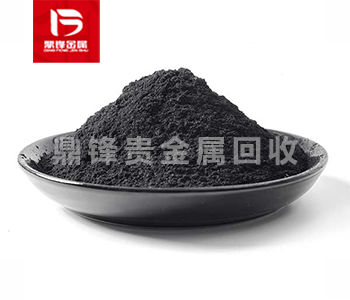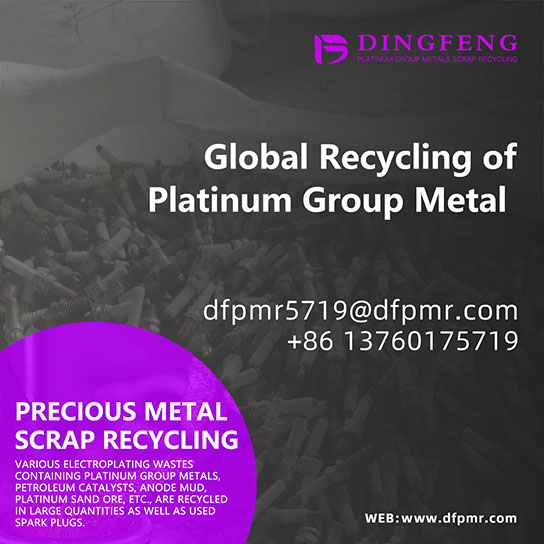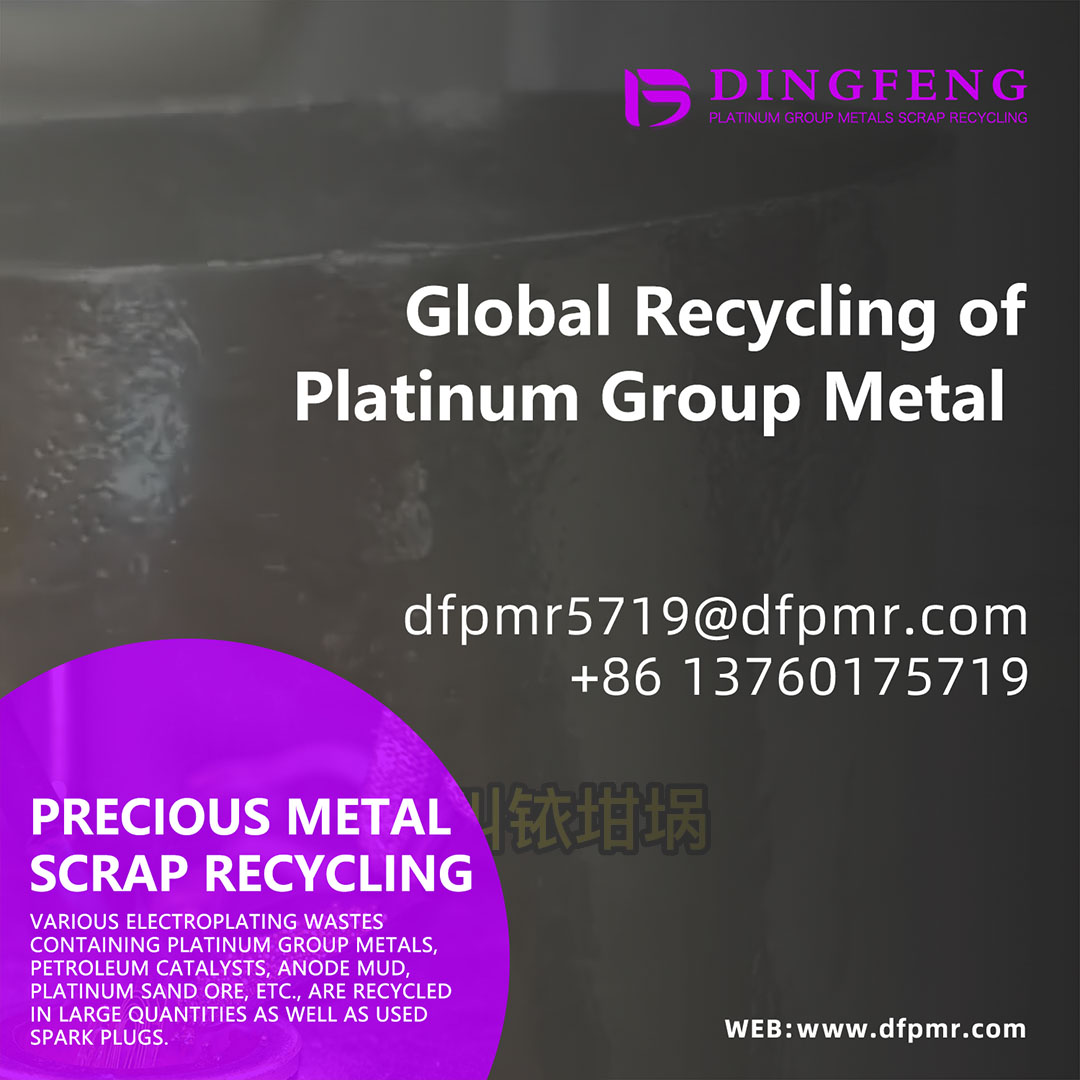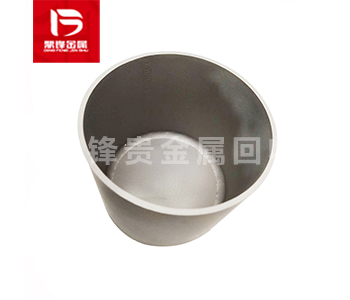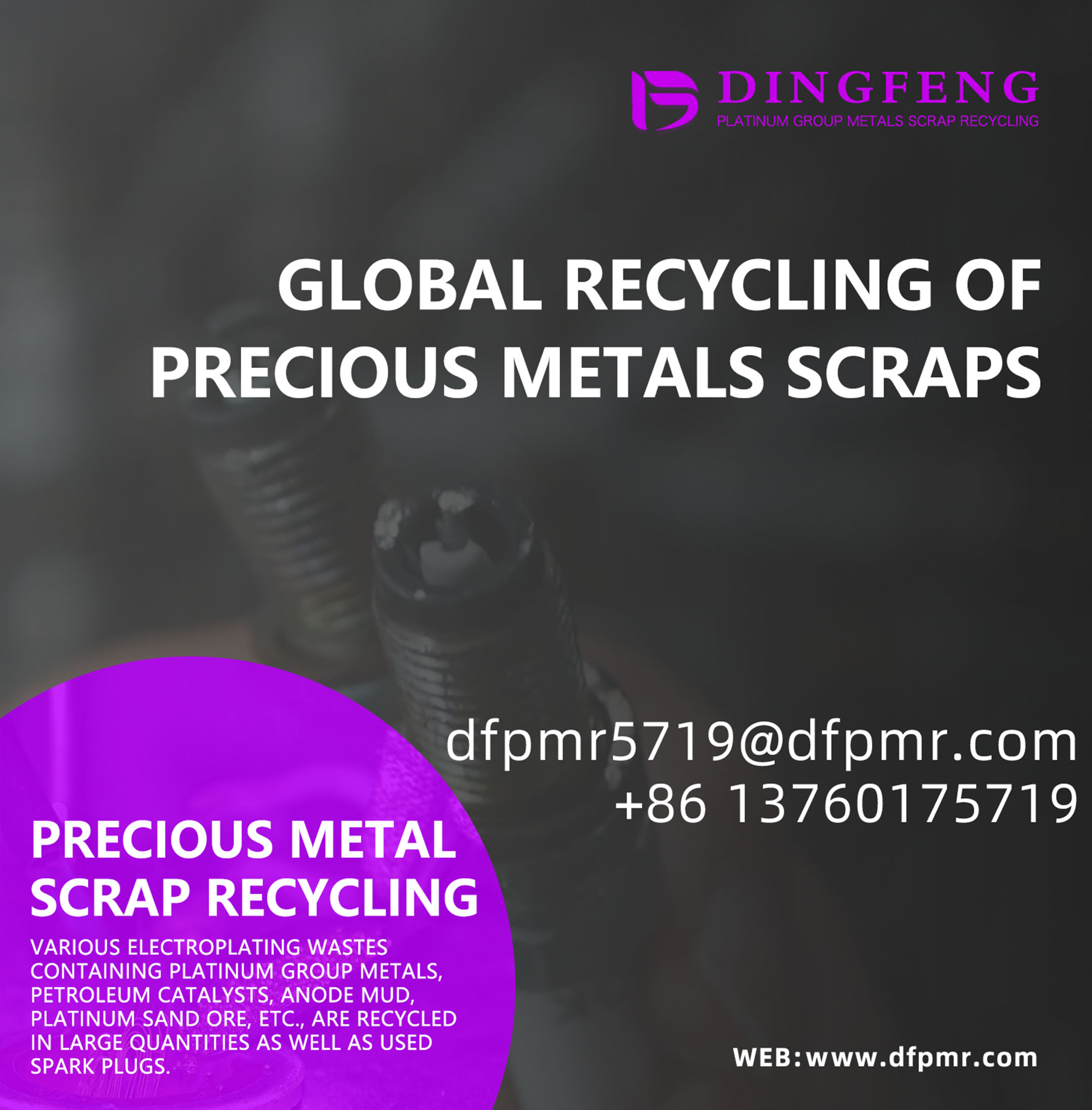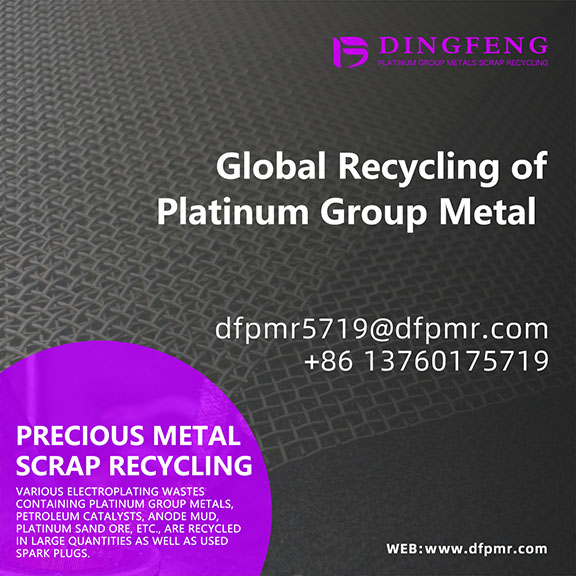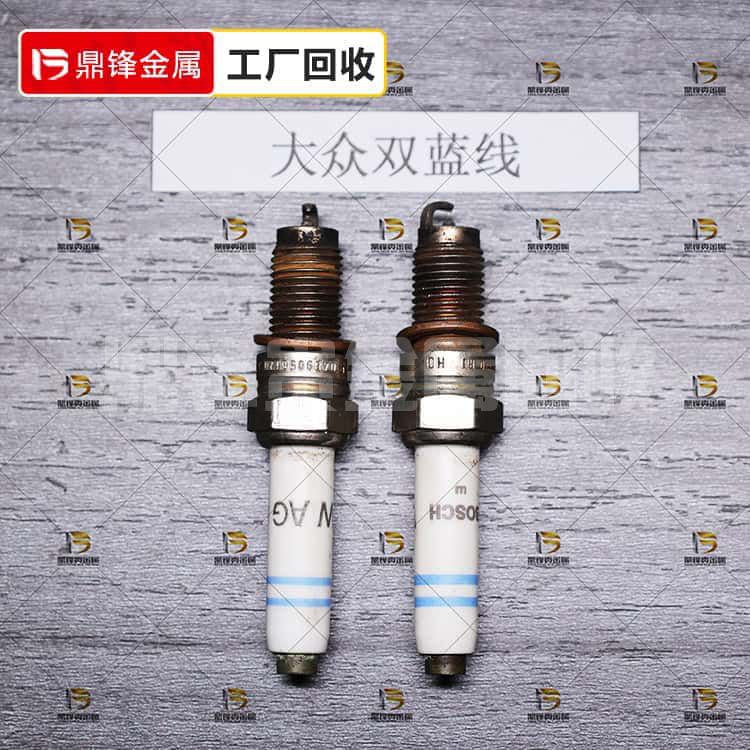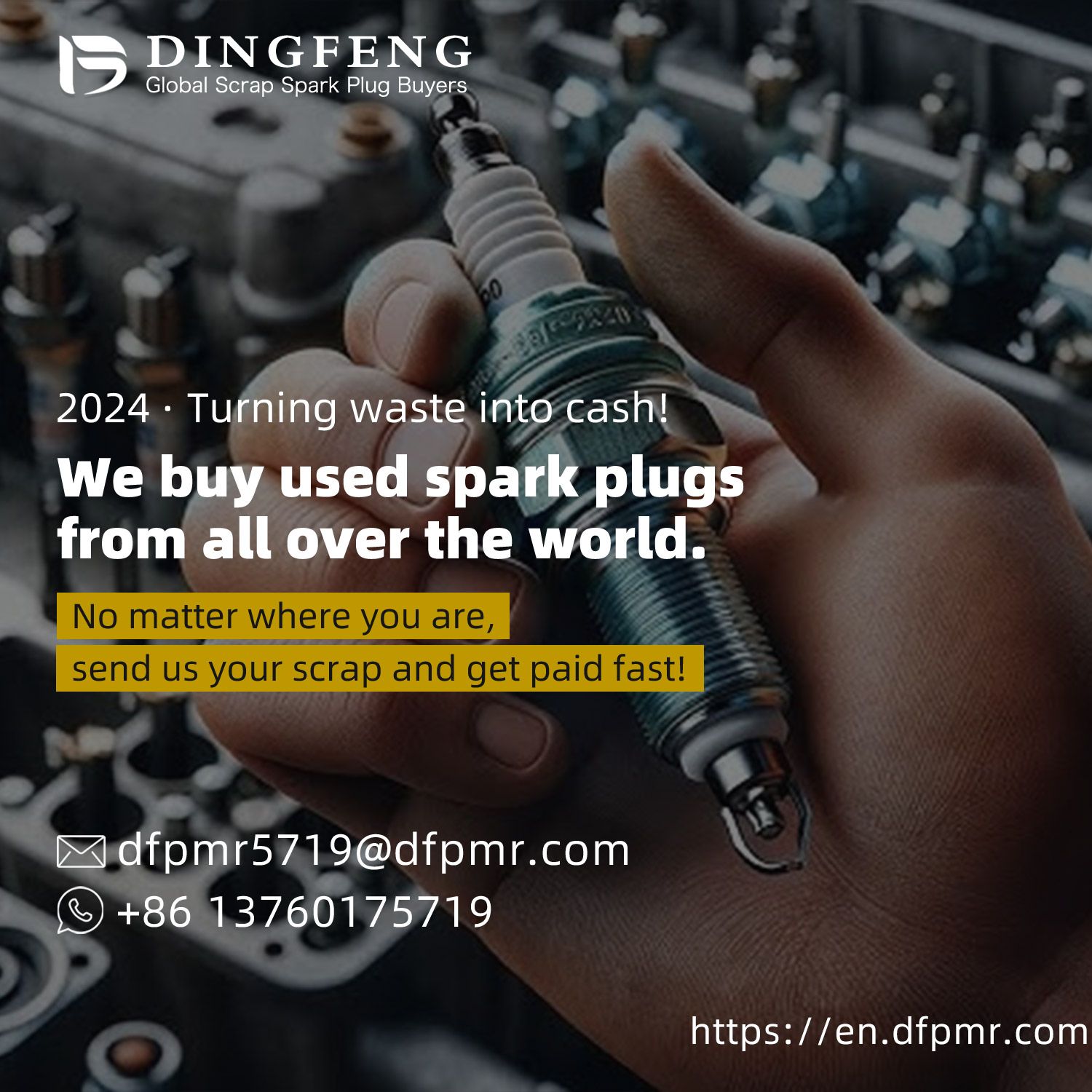Palladium(II) iodide recovery_ Recovery of Palladium(II) iodide_ Precious metal catalyst recycling manufacturer
Palladium iodide, also known as palladium diiodide, is an inorganic compound composed of palladium and iodine. Its chemical formula is PdI2, where the valence of palladium is +2 and the valence of iodine is -1. Palladium iodide is an important catalyst and ligand for organic synthesis, and is widely used in organic synthesis, materials science and coordination chemistry. Waste palladium iodide is one of the sources for recycling palladium-containing precious metal catalysts. Other sources for recycling palladium-containing precious metal catalysts include palladium chloride recovery, palladium oxide recovery, palladium nitrate recovery, palladium acetate recovery, palladium sulfate recovery, etc.
Product Details
Palladium(II) iodide, also called Palladium(II) iodide, is a Inorganic compound composed of palladium and iodine. Its chemical formula is PdI2, where palladium has a valence state of+2 and iodine has a valence state of -1. Palladium(II) iodide is an important organic synthesis catalyst and ligand, which is widely used in organic synthesis, material science and coordination chemistry.
Palladium(II) iodide can be prepared by a variety of methods, of which the common methods are as follows:
1. Direct reaction method: Palladium(II) iodide can be obtained by directly reacting palladium with iodine. First, under the protection of inert gas (such as nitrogen), palladium powder is directly mixed with Sodium iodide or iodine, and heated to react at high temperature. During the reaction, palladium powder will gradually react with iodine to form Palladium(II) iodide. Finally, the pure Palladium(II) iodide product was obtained by filtering and washing.
2. Solution method: In this method, palladium metal is first dissolved in nitric acid to obtain a palladium ion solution. Then, the palladium ion is mixed with an appropriate amount of Sodium iodide or Ammonium iodide solution, and the reaction is carried out under appropriate conditions. After the reaction, the pure Palladium(II) iodide product is obtained by precipitation, washing and other steps.
3. Reduction method: in this method, palladium salt (such as palladium (II) chloride) is mixed with Sodium iodide or Ammonium iodide to form a mixture of palladium salt and Sodium iodide (or Ammonium iodide). Then, the mixture is reduced to palladium powder. Finally, the reduced palladium powder reacts with an appropriate amount of iodine to generate Palladium(II) iodide. Finally, the pure Palladium(II) iodide product was obtained by filtering and washing.
Waste Palladium(II) iodide is one of the sources of recovery of palladium containing noble metal catalysts. The recovery sources of palladium containing noble metal catalysts include Palladium(II) chloride recovery, Palladium(II) oxide recovery, Palladium(II) nitrate recovery, palladium acetate recovery, palladium sulfate recovery, etc. If you have any demand for the recycling of palladium containing precious metal catalyst waste, please call our 24-hour service hotline. Dingfeng Precious Metal Recycling and Refining Factory has its own recycling and refining factory without intermediaries to earn price differences. Our professional technical team and customer service personnel provide one-on-one services to ensure customer privacy during the recycling process.



